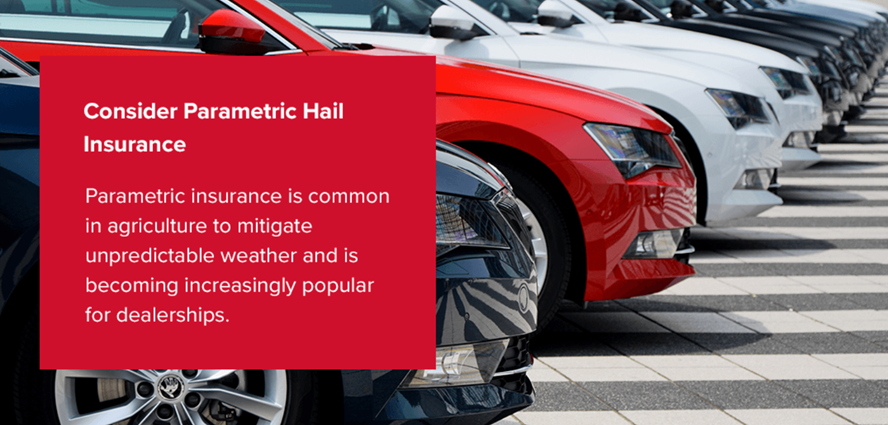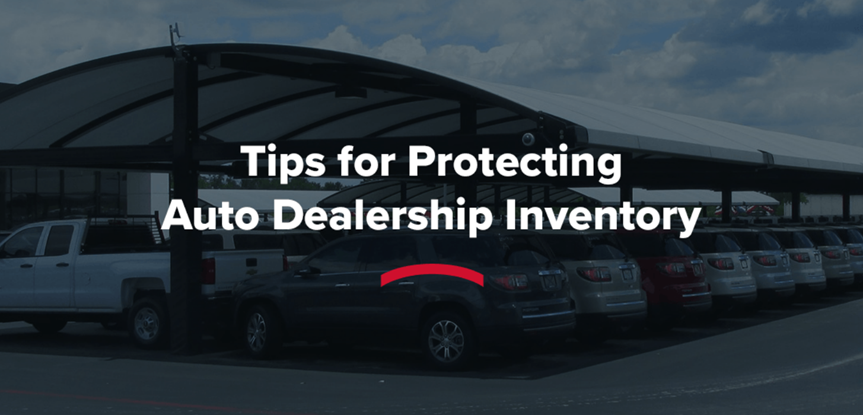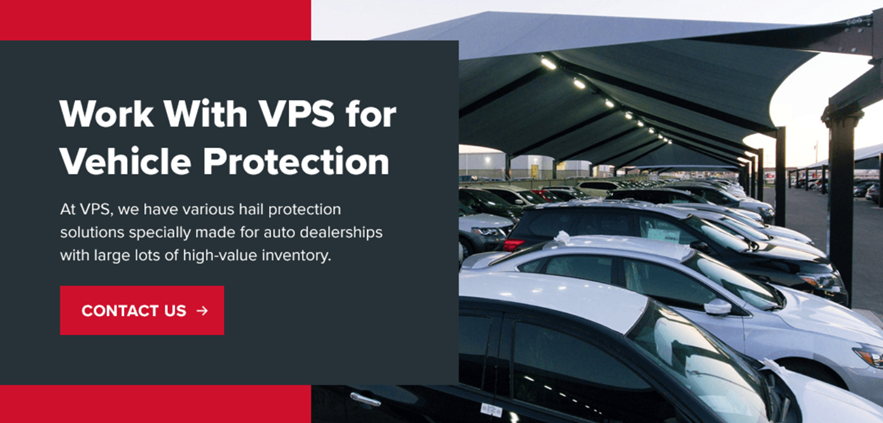Car dealerships work with high-value, slow-moving inventory — vehicles. At any given time, your business could have millions of dollars tied up in inventory. And, since both new and used cars are a once-in-a-while purchase for most consumers, your average vehicle may spend a long time on your lot.
The high value of a new car can make your inventory particularly vulnerable to damage, and the length of time each vehicle spends at your lot increases its chances of becoming damaged in your possession. Thus, every car dealership owner needs to consider multiple solutions to protect their investments.
Read the full article or skip to a specific section:
- The Importance of Protecting Your Car Dealership Inventory
- Tips for Keeping Your Car Dealership Protected
- Work With VPS for Vehicle Protection
The Importance of Protecting Your Car Dealership Inventory
Auto dealerships often have many cars parked outside and exposed to potential risks. The two biggest threats facing auto dealership inventory are theft and, depending on the area, hail. Another concern is fender benders on the lot, which, while repairable, can lower your inventory value.
Protecting your auto dealership’s inventory is thus becoming more crucial than ever. Here’s why.
1. THE RISK OF HAIL MAY BE INCREASING
If your dealership is in the hail belt, you’ve probably felt like there have been a lot more hailstorms lately. Statistics show that it’s more than your intuition — hail storms are becoming more frequent, costly, and widespread. From 2000 to 2013, U.S. insurers paid out $54 billion to cover nearly 9 million claims. A whopping 70% of those claims occurred in the last six years of the period, with the average claim being 65% more costly than a claim from 2000-2007.
As hail-related losses increase, more dealerships are also at risk because hailstorms are covering a larger footprint. Outside of the traditional hail alley, which spans from Colorado, Nebraska, and Wyoming to the Midwest, hail is also spreading to the Gulf Coast, the Southwest, and Appalachia. Hail insurance provider Understory has tracked a broad rising trend in hailstorm frequency since 1979 and estimates hailstorms are gaining new territory at a rate of 1.1% each year.
2. HAIL INSURANCE COSTS ARE RISING
Meanwhile, the cost of hail insurance is, quite logically, increasing as the risk does. In 2018, a major auto insurance provider, Zurich North America, canceled hundreds of dealerships’ insurance policies, citing the increase in losses due to hail. As this change affected the market, one dealership went from insuring their dealership for $160,000 in 2017 to nearly $600,000 in 2019. It’s becoming more expensive to insure your business against this growing threat.
3. AUTO DEALERSHIP INVENTORY IS AT AN ALL-TIME LOW
The consequences of losing inventory are also becoming more severe. The ratio of auto industry inventory to sales hit an all-time low of 1.03 in April 2021 amid supply shortages of automotive parts such as microchips. These numbers mean dealerships have a much thinner buffer against inventory shrinkages like theft or damage. Kelley Blue Book also cites these lower inventory levels as a potential challenge in the customer experience, as specific models, colors and trims may become harder to find.
If your inventory gets damaged or stolen, it may be more challenging to replace your cars amid shortages quickly. This loss could mean you do not have the supply or selection to meet demand, and you could lose sales opportunities.
4. AUTO DEALERSHIPS ARE BECOMING TARGETS FOR THEFT
In 2019, the rate of car thefts in the U.S. was 219.9 per 100,000 people, down slightly from 2018’s 230.2. The total number of vehicle thefts was 721,885 in 2019. While robberies are down overall, the risk for auto dealerships is increasing.
That’s because identity theft makes it easy for vehicle thieves to drive off a dealership lot with none the wiser. Rather than going after cars on the street, where they might have to smash a window and hotwire the vehicle, they can steal a brand-new, intact car. All these identity thieves have to do is present a fake ID and forged loan documents. These sophisticated techniques make preventing theft more complicated and more critical than ever before.


